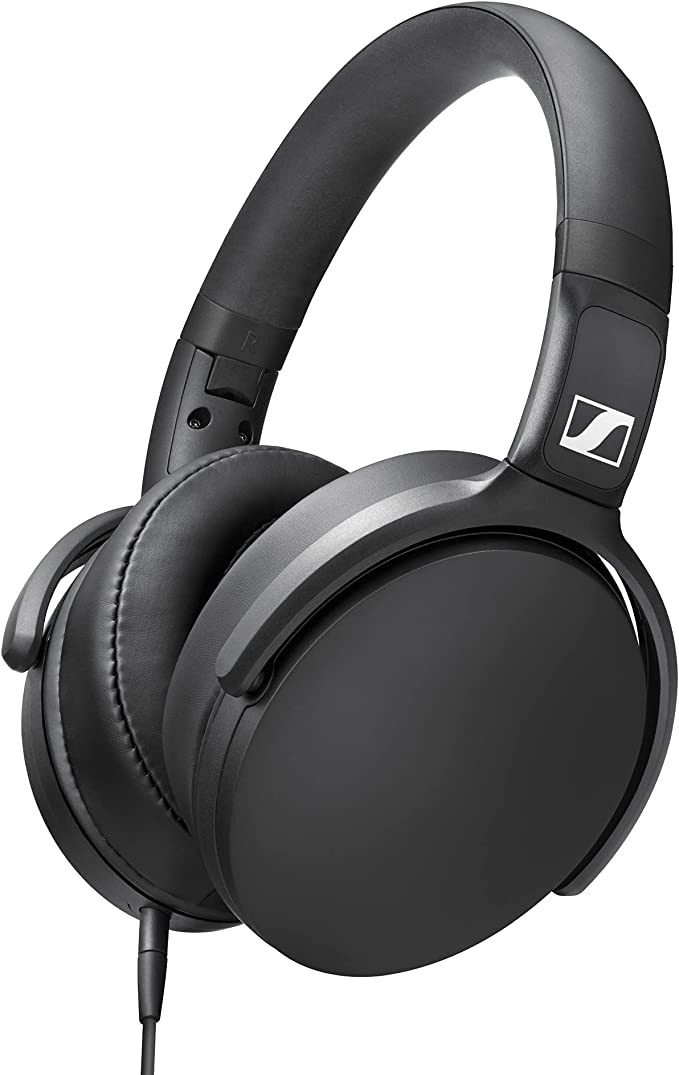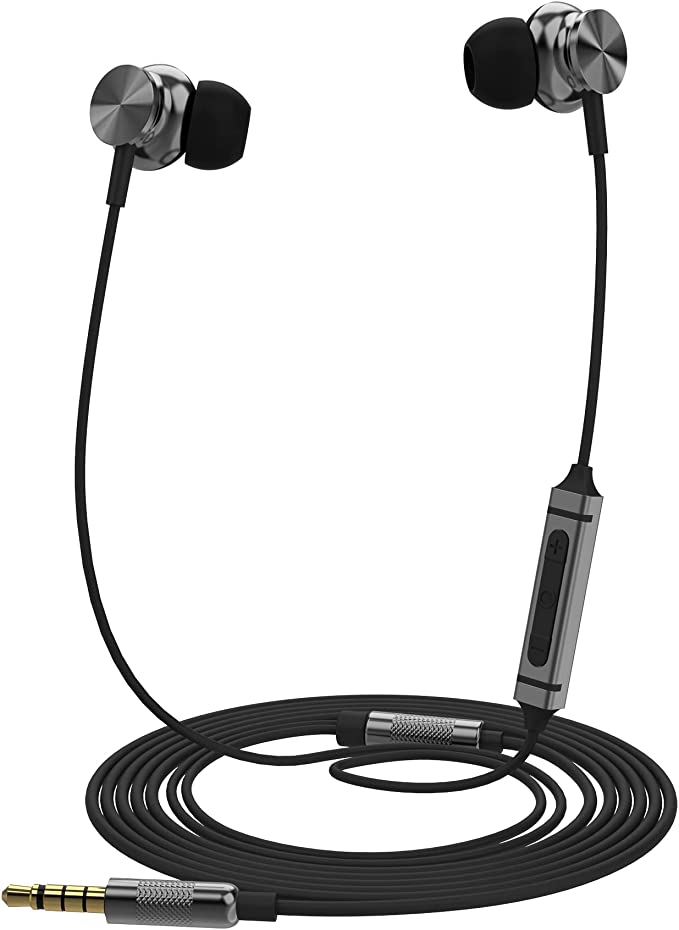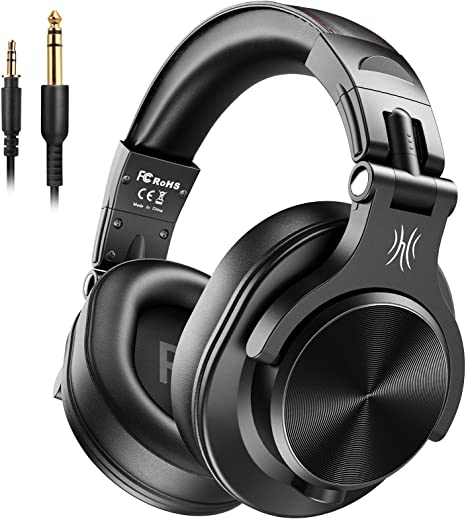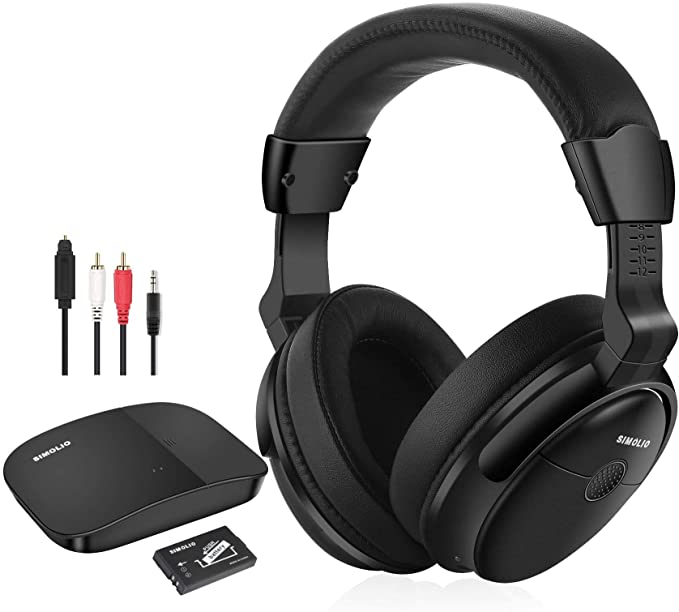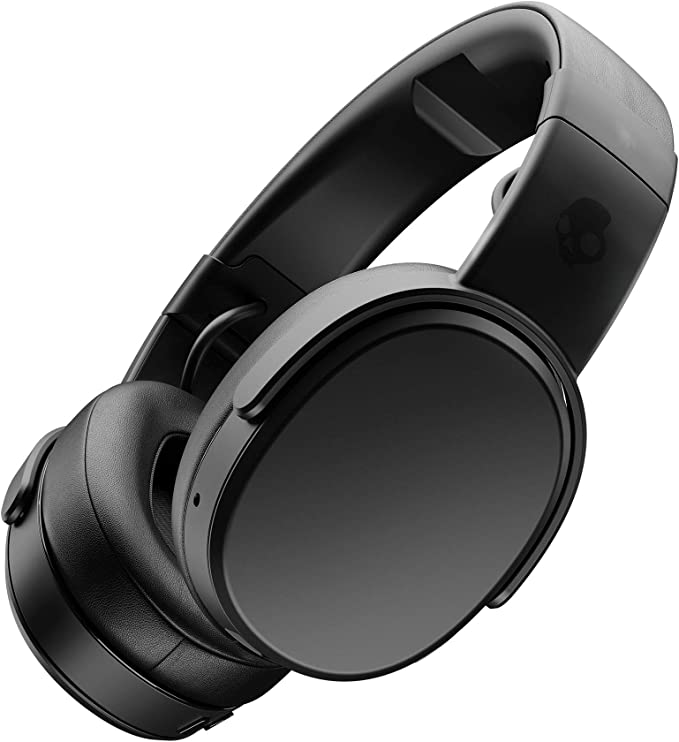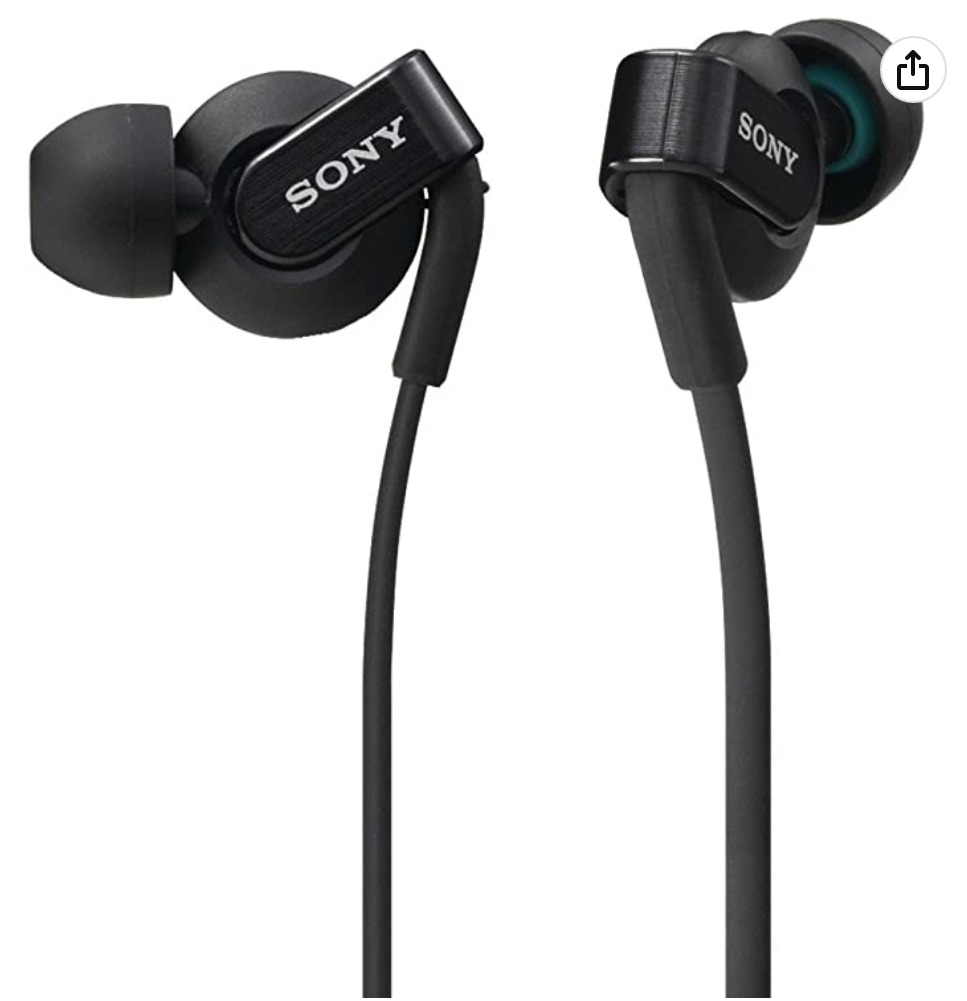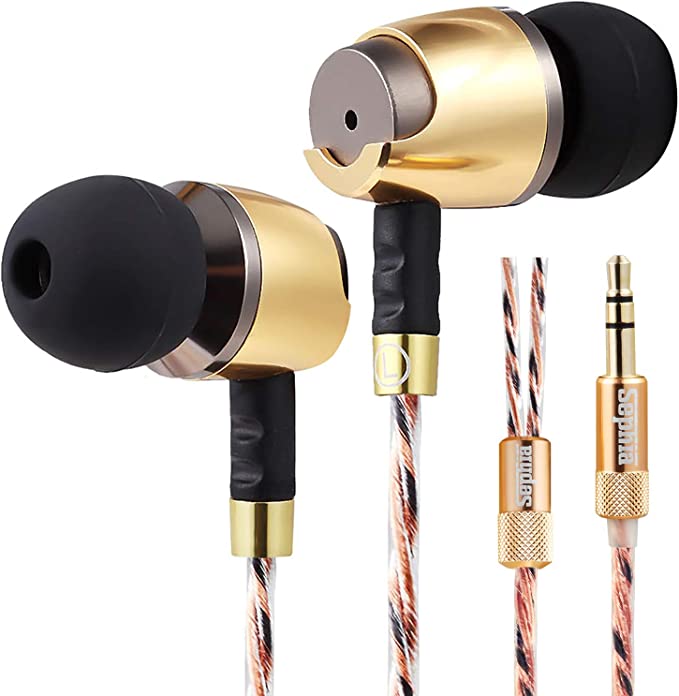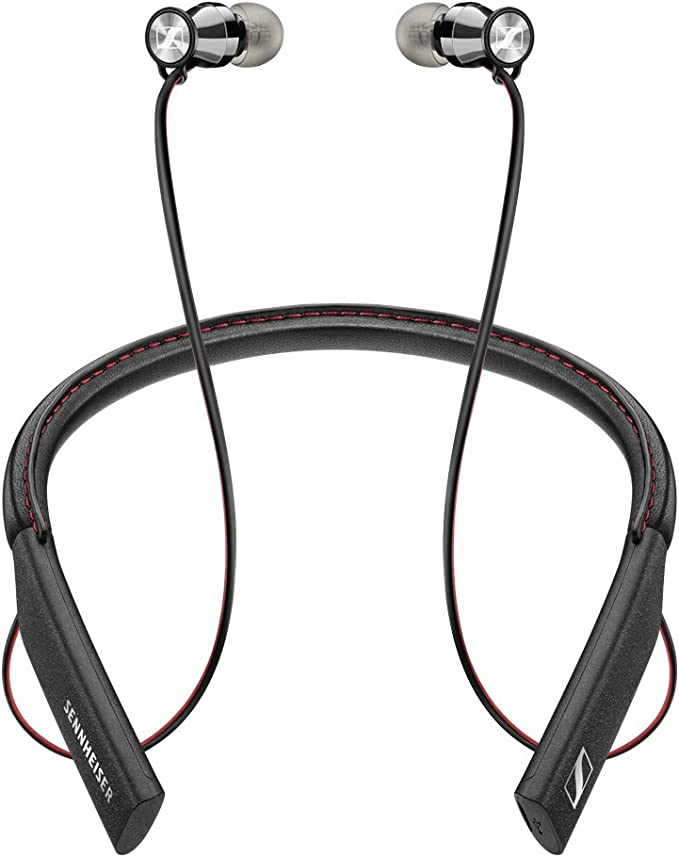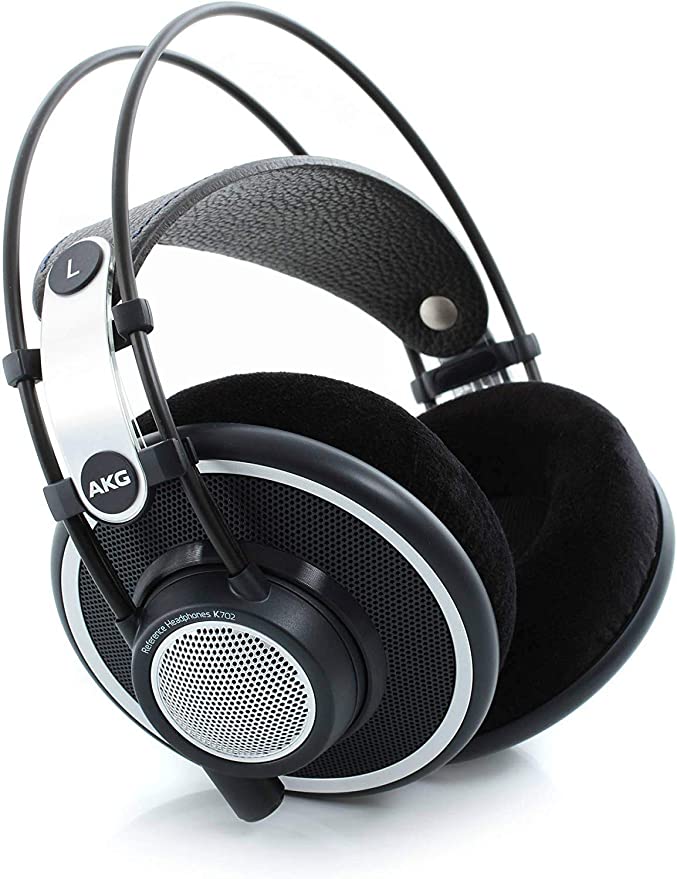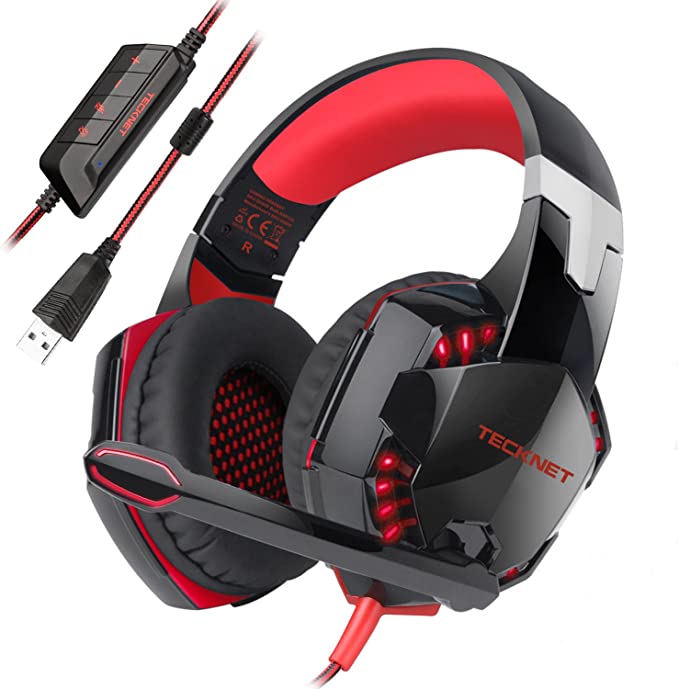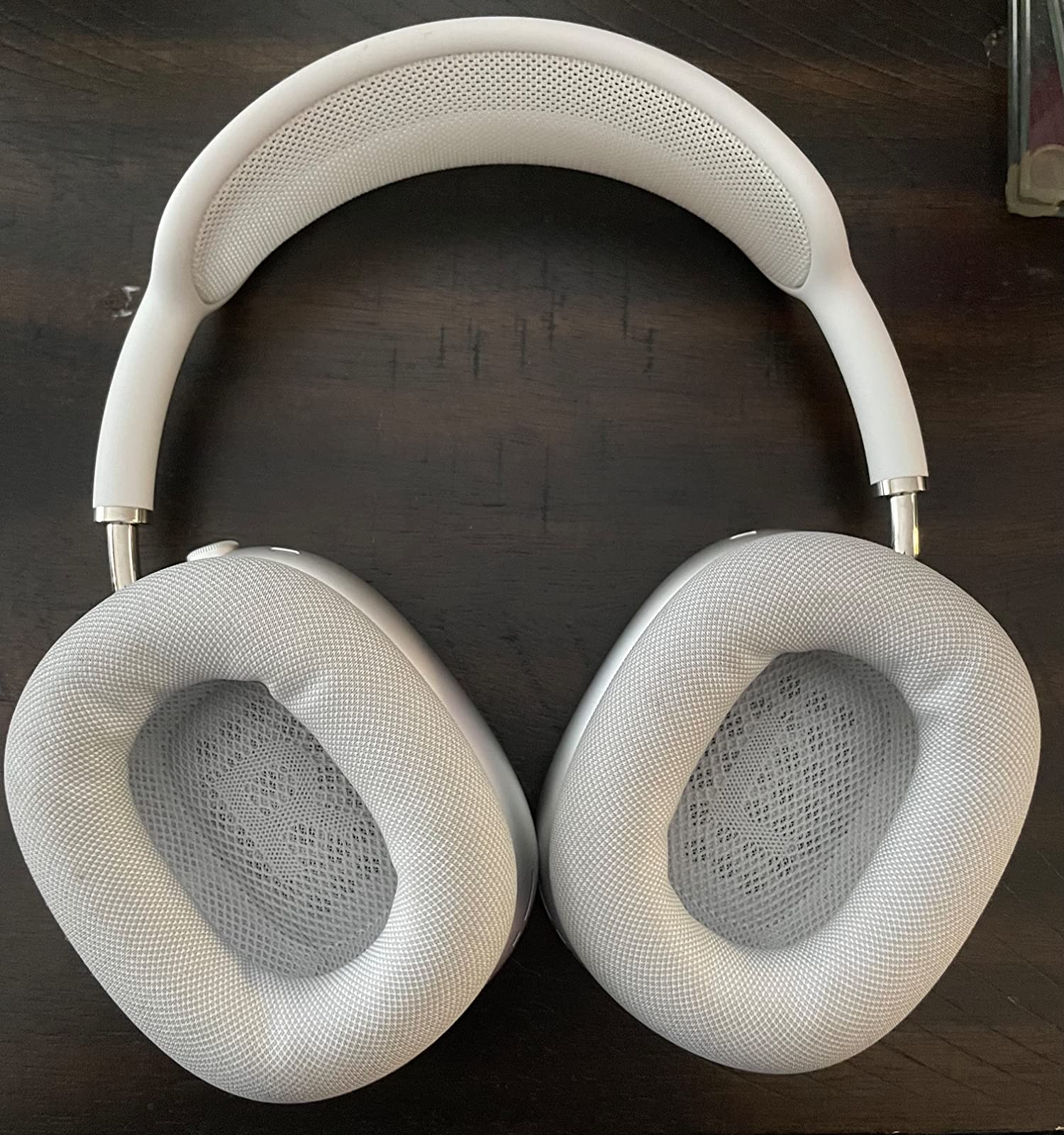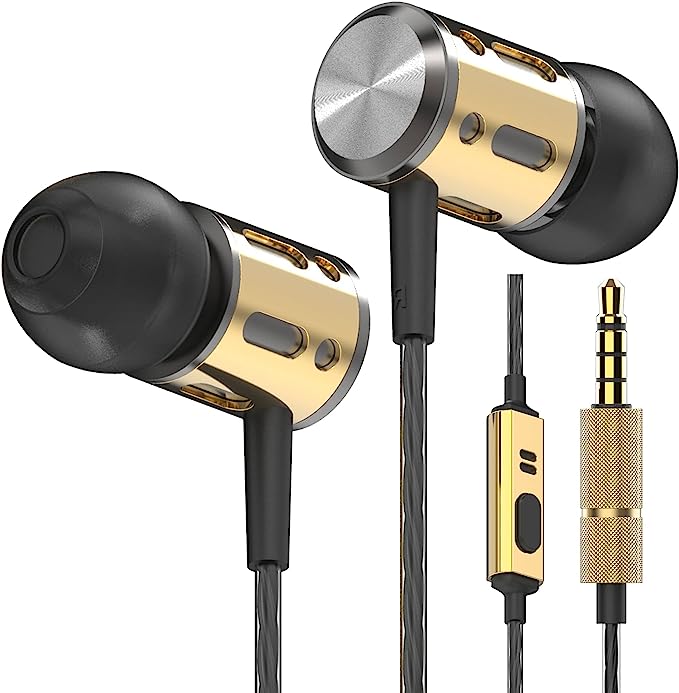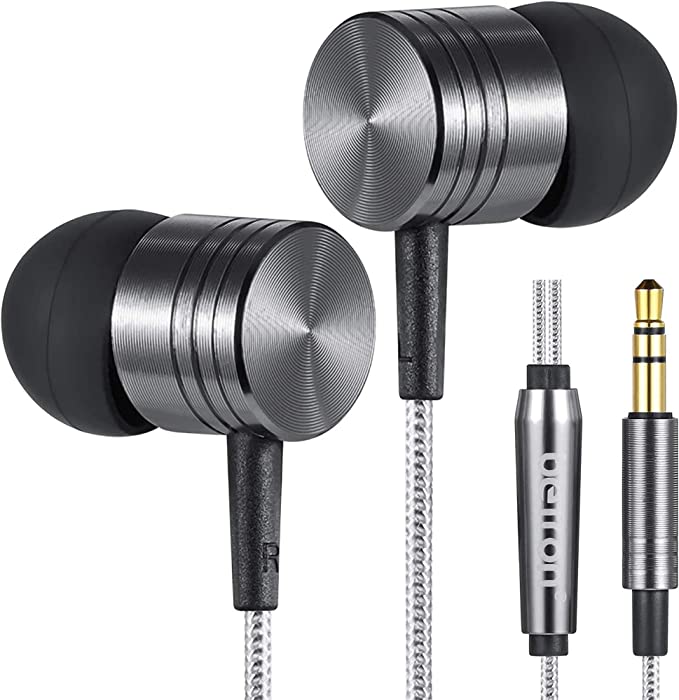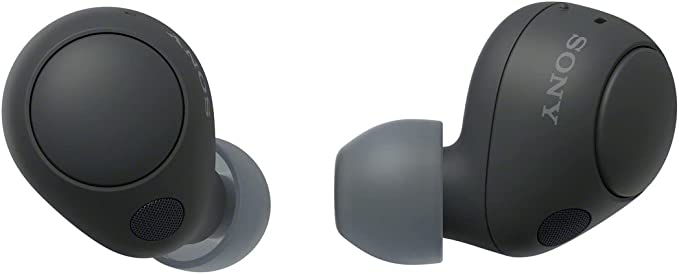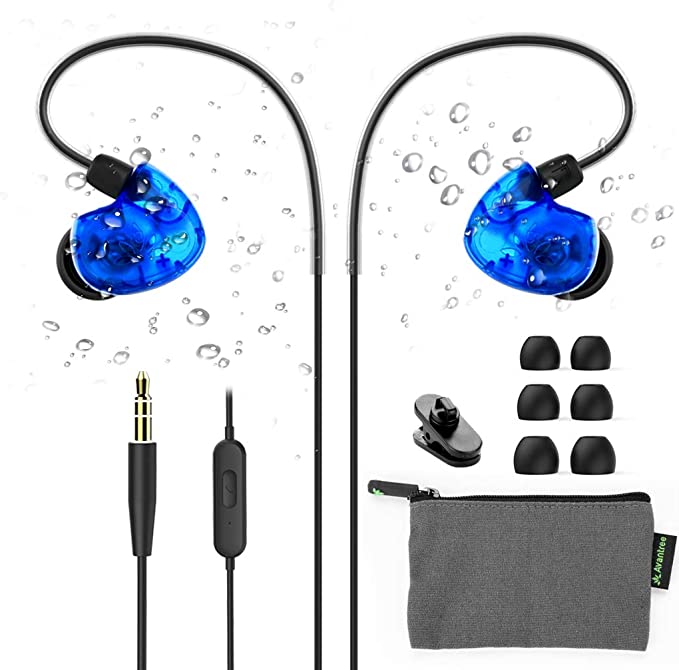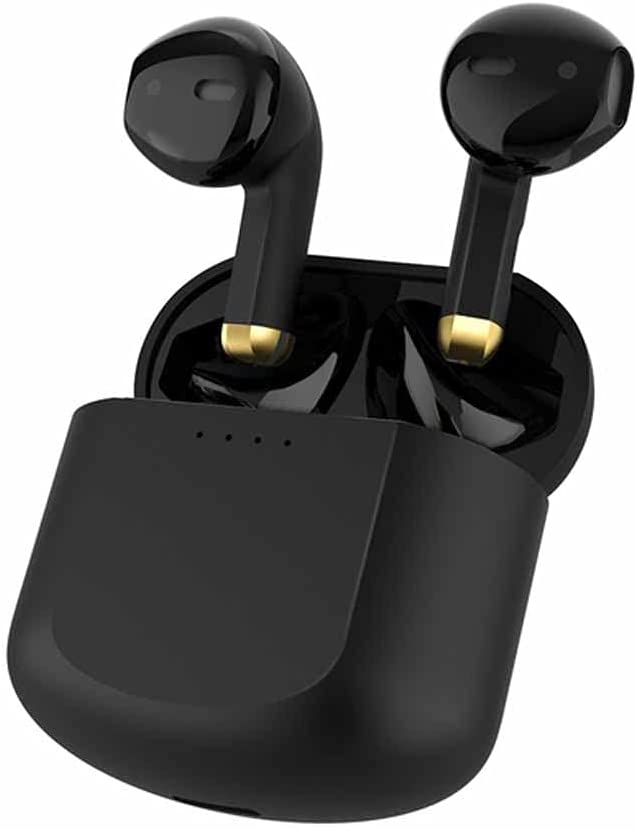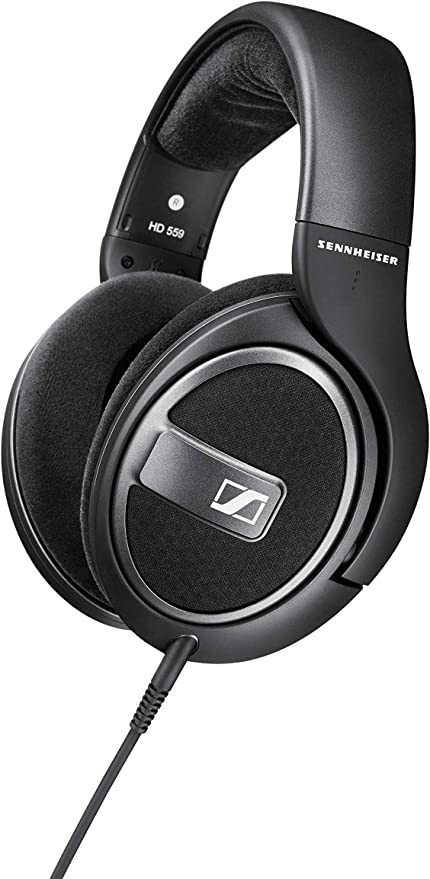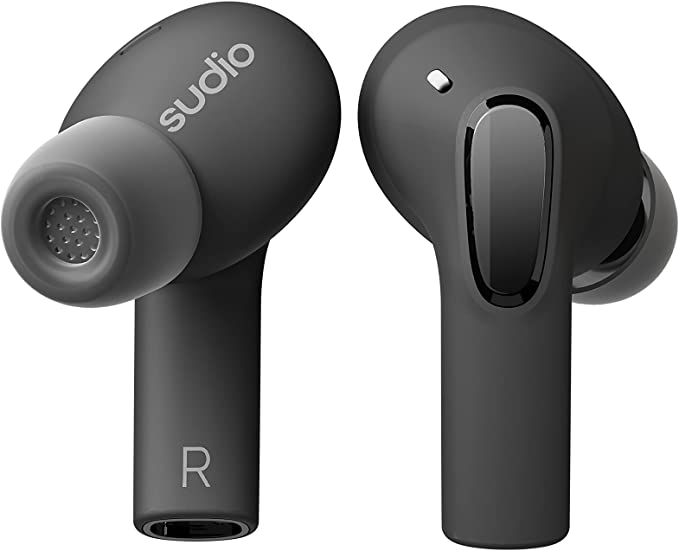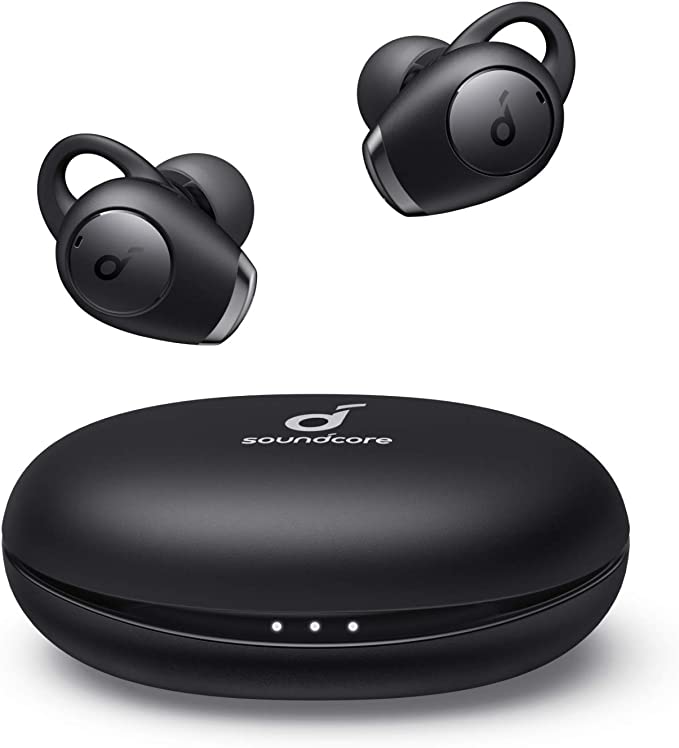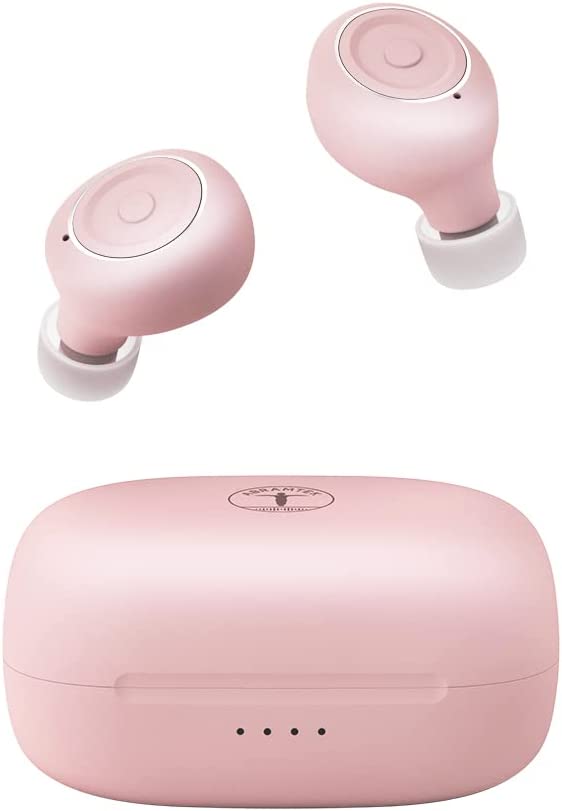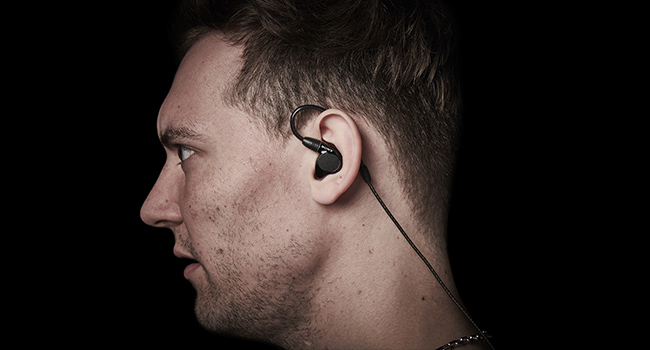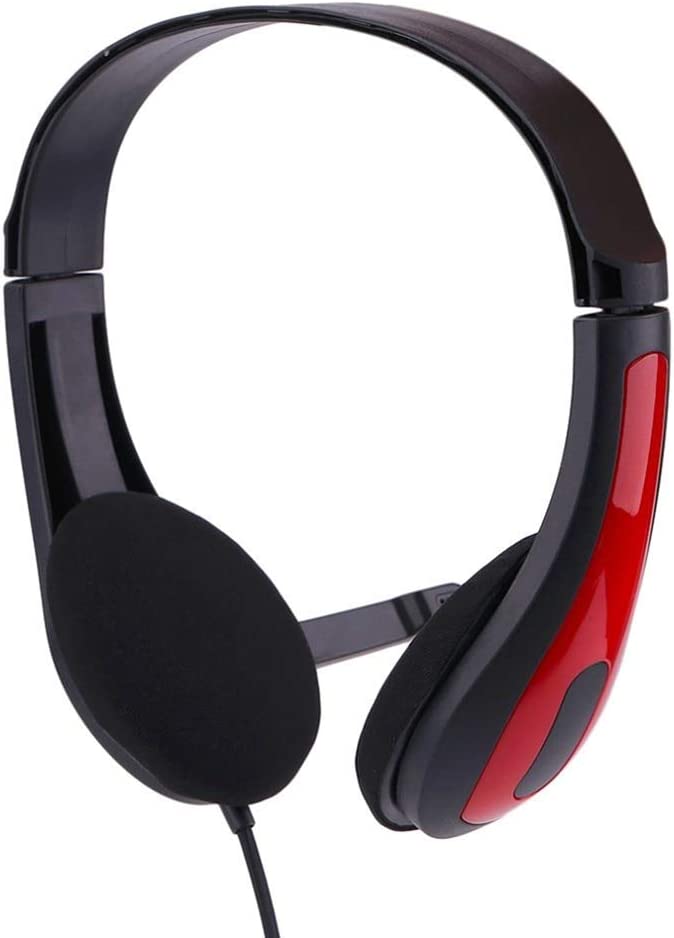Sennheiser HD 569 Closed Back Headphone: A Cosy Haven for Your Ears
Update on June 28, 2025, 9:48 a.m.
The Acoustic Architect: Deconstructing the Sennheiser HD 569
In the cacophony of the modern world—the open-plan office, the crowded commute, the shared apartment—a moment of true auditory solitude is a precious commodity. We seek refuge in our music, focus for our work, and immersion in our stories. The common solution is often algorithmic: active noise-canceling headphones that wage a digital war against the outside world. But what if there’s a more elegant, more fundamental approach? What if, instead of canceling the world, you could simply… step out of it?
This is the quiet proposition of the Sennheiser HD 569 Closed Back Headphone. It’s not a device bristling with a dozen features. It is, instead, a masterclass in applied physics and thoughtful design. It’s an invitation to understand how a personal listening room isn’t just built with software, but with the timeless principles of acoustic engineering. Let’s step inside and deconstruct this architecture of sound.

The Walls: Crafting Silence with Physics
Imagine building a small, personal recording studio. Your first priority would be the walls. You’d make them thick, dense, and perfectly sealed to keep street noise out and your music in. This is precisely the principle behind the HD 569’s closed-back design. The solid outer earcups act as the walls of your private acoustic space.
This is passive noise isolation, a concept grounded in the fundamental physics of sound transmission. To block a sound wave, you need a barrier with three key properties: mass (the solid plastic of the cups), damping (the plush, absorbent velour earpads), and a proper seal around the ear. Together, these elements physically impede the energy of incoming sound waves, particularly in the mid-to-high frequency range where human speech resides. This is why users in noisy dorms or offices find they can suddenly focus; the distracting chatter fades into a dull, unintrusive background.
The engineer’s choice here is deliberate. Unlike its active noise-canceling (ANC) cousins, which use microphones to create an “anti-noise” wave, the HD 569’s method is purely physical. The profound benefit? There is no electronic circuitry adding a faint hiss, no disorienting sense of pressure on the eardrums, and zero alteration of the original audio signal. It’s a more natural, less fatiguing form of silence. And as a courtesy, these solid walls ensure your music doesn’t leak out and become someone else’s noise.

The Speakers: The Heart of Honest Sound
With the walls of our room built, we need speakers. Inside each earcup of the HD 569 lies a 38mm transducer—the speaker of our system. But the most revealing detail isn’t its size; it’s the 23-ohm impedance. To understand why this number is so crucial, let’s use an analogy: think of your audio device (a phone or laptop) as a water pump and the headphone cable as a pipe. Impedance is the narrowness of that pipe.
For decades, high-end headphones, born from the professional studio world, had high impedances (like 300 ohms). They were narrow pipes, requiring a powerful, high-pressure pump—a dedicated headphone amplifier—to push enough “water” through for a full, rich sound. The HD 569’s 23-ohm rating represents a wide, accommodating pipe. It’s engineered for the modern world, where our “pumps” are the modest amplifiers built into our everyday devices. It doesn’t need extra hardware to be driven to its full potential, a point of praise frequently echoed by users who are delighted by the loud, clear sound they get straight from a tablet or gaming controller.
This design delivers an honest, balanced sound signature. It doesn’t artificially inflate the bass to booming proportions, a common trick in many consumer headphones. Instead, it aims for clarity across the spectrum, allowing you to hear the distinct layers of a mix. It’s a sound for listeners, not just for feeling a beat.

The Room’s Layout: A Psychoacoustic Illusion of Space
Here we arrive at the greatest challenge for any closed-back headphone: the “in-your-head” feeling. A sealed space, by its nature, can sound small and congested. This is where Sennheiser’s engineers employ a truly clever bit of acoustic stagecraft called Ergonomic Acoustic Refinement (E.A.R.).
To grasp this, consider how you hear the world. When a sound comes from in front of you, it strikes the complex folds of your outer ears (your pinnae) and arrives at each eardrum at slightly different times and intensities. Your brain instantly processes these minuscule binaural cues to construct a three-dimensional image of the sound’s location. Standard headphones disrupt this by firing sound directly into the side of your ear canal.
E.A.R. restores a piece of this natural process. The transducers inside the earcups are not mounted flat; they are angled slightly, channeling the sound towards the front of your ear. This subtle shift is enough to engage your pinnae, tricking your brain into perceiving the sound as originating from a space slightly in front of you, much like listening to a pair of well-placed speakers. It’s a psychoacoustic illusion that masterfully widens the soundstage, giving music and movies a sense of depth and space that belies the headphone’s closed design.

The Armchair: The Ergonomics of Endurance
A listening room is incomplete without a comfortable chair, a place you can settle into for hours. For the HD 569, this is embodied by its lightweight design and, most importantly, its velour earpads. The choice of velour over the more common pleather is a decision rooted in material science and human comfort.
Velour is a porous, woven fabric. This structure gives it two key advantages. First, it’s breathable. Unlike pleather, which traps heat and moisture, velour allows for a small amount of air exchange, drastically reducing sweat and discomfort during long listening sessions—a frequent complaint with many other closed-back designs. Second, its soft, fibrous texture acts as a gentle acoustic absorber, taming any harsh high-frequency reflections inside the earcup for a smoother sound.
This focus on the user experience extends to the headphone’s very construction. The earpads and the two included cables are detachable and replaceable. This isn’t just for convenience; it’s a design philosophy. In an era of disposable electronics, this modularity is a commitment to longevity. It says that this is a tool built to be maintained, not discarded.
The Symphony of a System
Ultimately, the Sennheiser HD 569 is a compelling lesson in engineering synergy. It doesn’t boast the most powerful noise cancellation, the heaviest bass, or the most exotic materials. Instead, its brilliance lies in the harmonious interplay of its parts. The physical isolation of the closed cups creates the silence. The efficient drivers fill that silence with clear, honest sound. The angled E.A.R. transducers arrange that sound in a natural, spacious way. And the ergonomic design ensures you can comfortably inhabit that space for as long as you wish.
It is a piece of quiet confidence, an accessible artifact of a long and respected engineering tradition. The HD 569 is more than a headphone; it is a well-built room for your ears, available whenever you need to close the door on the world and simply listen.
